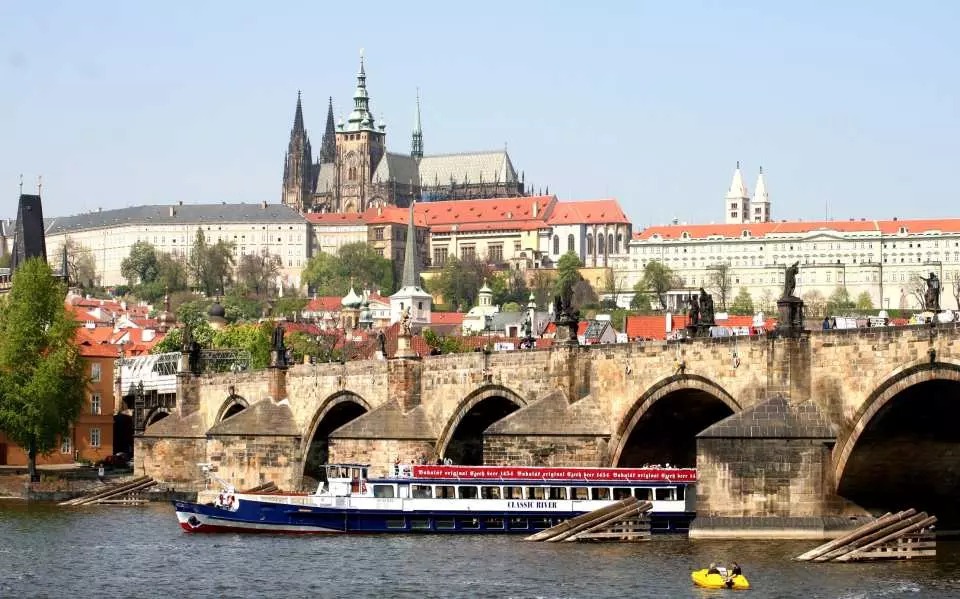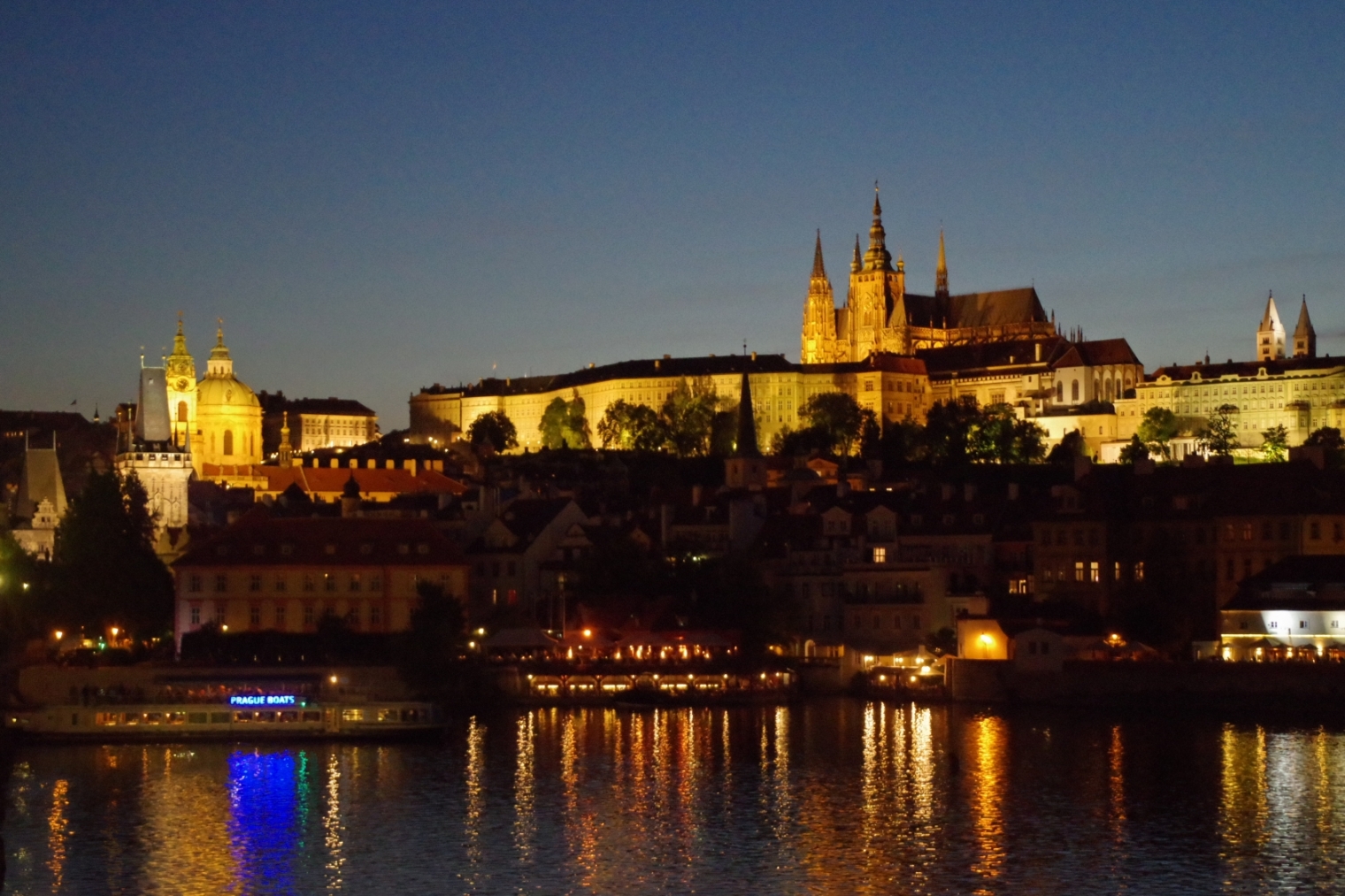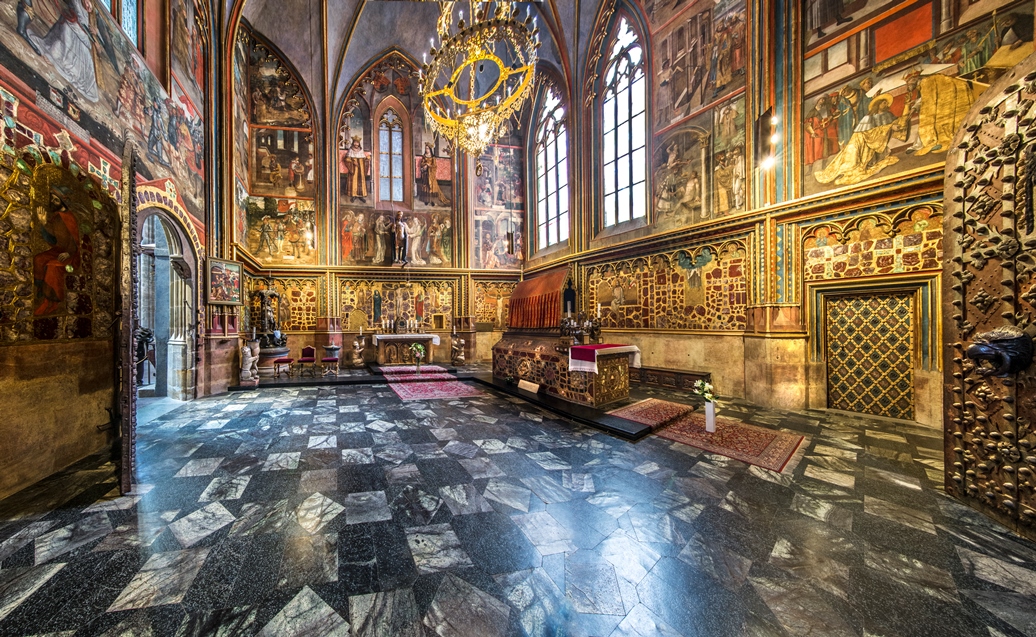聖ヴィート教会(kostelsv。vita)

Introduction:
聖ヴィート教会(kostelsv。vita), Nestled in the heart of Prague, the capital city of the Czech Republic, stands the resplendent Saint Vitus Church, known locally as Kostel sv. Víta. This architectural gem is not only a testament to centuries of Czech history but also a symbol of spiritual devotion and cultural significance. With its towering spires, intricate façade, and rich history, Kostel sv. Víta continues to captivate visitors from around the world, inviting them to delve into its storied past and marvel at its architectural splendor.

Historical Background:
The origins of Kostel sv. Víta can be traced back to the 10th century when Prince Wenceslaus I, the patron saint of the Czech lands, commissioned the construction of a small church on the site. Over the centuries, the church underwent several transformations, reflecting the evolving architectural styles of the time. However, it was not until the 14th century that the construction of the present-day Gothic masterpiece began in earnest, under the patronage of King Charles IV.
Must Read=north west shetland en eshaness shore excursion vanuit lerwick
Architecture and Design:
The architecture of Kostel sv. Víta is a stunning example of Gothic design, characterized by its soaring spires, intricate stone carvings, and expansive stained glass windows. The church’s façade is adorned with sculptural elements depicting scenes from the Bible, as well as statues of saints and apostles. The interior is equally breathtaking, with vaulted ceilings, ornate altars, and a magnificent rose window that bathes the nave in a kaleidoscope of colored light.
Artistic Treasures: One of the highlights of Kostel sv. Víta is its impressive collection of artistic treasures, including medieval frescoes, Baroque paintings, and Renaissance sculptures. The church is home to works by renowned Czech artists such as Peter Parler, whose intricately carved stone reliefs adorn the exterior façade, and Karel Škréta, whose exquisite paintings adorn the interior walls. Visitors can also admire the breathtaking stained glass windows created by master craftsmen such as Josef Mánes and Alfons Mucha.

Cultural Significance:
Beyond its architectural and artistic merits, Kostel sv. Víta holds immense cultural significance for the Czech people. It has been the site of numerous royal coronations, weddings, and funerals, including that of Saint Wenceslaus himself. The church is also closely associated with the Czech national identity and has played a central role in the country’s religious and political history.
Restoration and Preservation:
Over the centuries, Kostel sv. Víta has undergone several periods of restoration and renovation to preserve its architectural integrity and cultural heritage. The most extensive restoration effort took place in the 19th century under the guidance of architect Josef Mocker, who meticulously restored the church to its former glory. Today, ongoing preservation efforts ensure that future generations will continue to marvel at the splendor of this iconic landmark.
Visiting Kostel sv. Víta:
For visitors to Prague, a visit to Kostel sv. Víta is a must-see experience. Guided tours offer insight into the church’s rich history and architectural significance, while concerts and religious services provide opportunities for spiritual reflection and cultural immersion. The nearby Prague Castle complex, which includes the Gothic Cathedral of St. Vitus, the Royal Palace, and the Golden Lane, offers further opportunities for exploration and discovery.

FAQ
- What is Kostel sv. Víta?
- Kostel sv. Víta, also known as the Saint Vitus Church, is a historic cathedral located in Prague, Czech Republic.
- When was Kostel sv. Víta built?
- Construction of Kostel sv. Víta began in the 14th century, with subsequent additions and renovations over several centuries.
- Who commissioned the construction of Kostel sv. Víta?
- The construction of Kostel sv. Víta was commissioned by King Charles IV of Bohemia in the 14th century.
- What architectural style is Kostel sv. Víta?
- Kostel sv. Víta is predominantly built in the Gothic architectural style, with elements of Baroque and Renaissance influence.
- What is the significance of Saint Vitus?
- Saint Vitus is the patron saint of Bohemia and is revered for his Christian martyrdom and miracles.
- Can visitors enter Kostel sv. Víta?
- Yes, Kostel sv. Víta is open to visitors for both religious services and guided tours.
- Are there any admission fees to enter Kostel sv. Víta?
- Yes, there is an admission fee to enter Kostel sv. Víta, with discounted rates available for students and seniors.
- What are the opening hours of Kostel sv. Víta?
- The opening hours of Kostel sv. Víta vary throughout the year, so it’s recommended to check the official website for current timings before planning a visit.
- Is photography allowed inside Kostel sv. Víta?
- Photography for personal use is generally allowed inside Kostel sv. Víta, but flash photography and tripods may be restricted.
- Are there any religious services held at Kostel sv. Víta?
- Yes, regular religious services including Masses, concerts, and special events are held at Kostel sv. Víta.
- Can visitors climb to the top of the towers at Kostel sv. Víta?
- Yes, visitors can climb to the top of the towers at Kostel sv. Víta for panoramic views of Prague, but there may be restrictions or fees involved.
- Is there wheelchair access at Kostel sv. Víta?
- Yes, there is wheelchair access available at Kostel sv. Víta, although some areas of the cathedral may be less accessible due to its historic nature.
- Are guided tours available at Kostel sv. Víta?
- Yes, guided tours led by knowledgeable guides are available at Kostel sv. Víta, offering insight into its history, architecture, and religious significance.
- What languages are the guided tours conducted in?
- Guided tours at Kostel sv. Víta are typically offered in multiple languages, including Czech, English, German, and others, depending on availability.
- Can visitors purchase souvenirs at Kostel sv. Víta?
- Yes, there is a gift shop located within Kostel sv. Víta where visitors can purchase souvenirs, books, and religious items.
- Is there a dress code for visiting Kostel sv. Víta?
- While there is no strict dress code, visitors are encouraged to dress modestly out of respect for the religious nature of the cathedral.
- How long does a typical visit to Kostel sv. Víta last?
- A typical visit to Kostel sv. Víta can last anywhere from 30 minutes to several hours, depending on the visitor’s interest and the extent of exploration.
- Are there any nearby attractions to visit after Kostel sv. Víta?
- Yes, Kostel sv. Víta is located within the Prague Castle complex, which includes other notable attractions such as the Royal Palace, St. George’s Basilica, and the Golden Lane.
Conclusion:
In conclusion, Kostel sv. Víta stands as a shining testament to the artistic, architectural, and cultural achievements of the Czech people. Its majestic spires, intricate carvings, and rich history continue to inspire awe and wonder in all who visit, serving as a timeless reminder of Prague’s illustrious past and vibrant cultural heritage. As a symbol of faith and national pride, Kostel sv. Víta holds a special place in the hearts of Czechs and visitors alike, beckoning them to discover its hidden treasures and bask in its timeless beauty.
